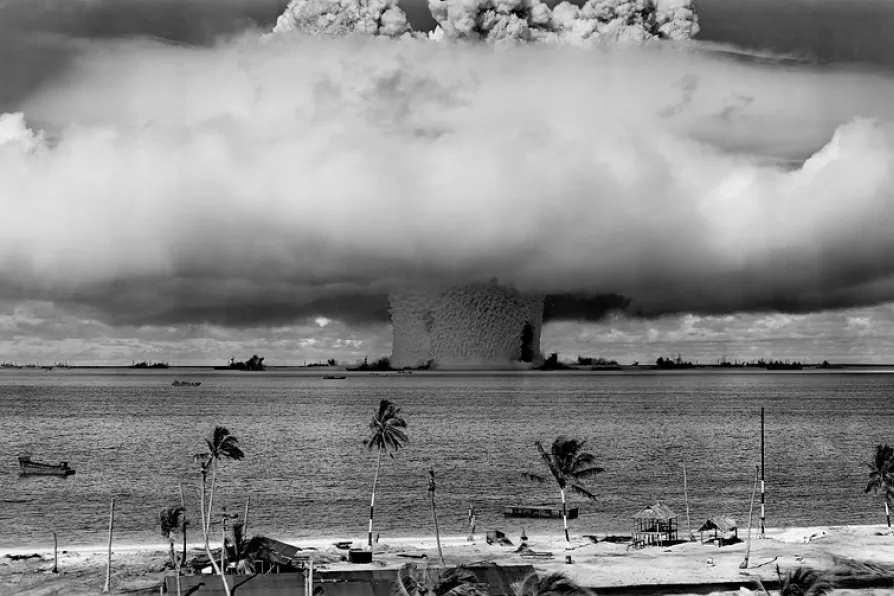Once the bustling heart of Christian pilgrimage, Bethlehem now faces shuttered hotels, empty streets and a shrinking Christian community, while Israel’s assault on Gaza and the tightening grip of occupation destroy hopes of peace at the birthplace of Christ, writes Father GEOFF BOTTOMS


SEVENTY FOUR YEARS ago today, the US dropped an atom bomb on the Japanese city of Hiroshima. Three days later it dropped another on Nagasaki. Tens of thousands died instantly and many more over the subsequent weeks and months from toxic radiation.
By the end of 1950, over 340,000 were dead as a result of the two bombs.
Nuclear weapons are still with us, with all their appalling and much-increased killing potential. Not only are all nuclear weapons states modernising their arsenals, but the advent of Donald Trump in the White House has meant a shift in nuclear policy towards “usable” nuclear weapons – and an increase in the number of scenarios in which they may be used.

As we mark the anniversaries of the Hiroshima and Nagasaki bombings, JOHN WIGHT reflects on the enormity of the US decision to drop the atom bombs

JEREMY CORBYN reports from Hiroshima where he represented CND at the 80th anniversary of the bombing of the city by the US

Ageing survivors of the Hiroshima and Nagasaki atomic bombings are increasingly frustrated by growing nuclear threats by global leaders












